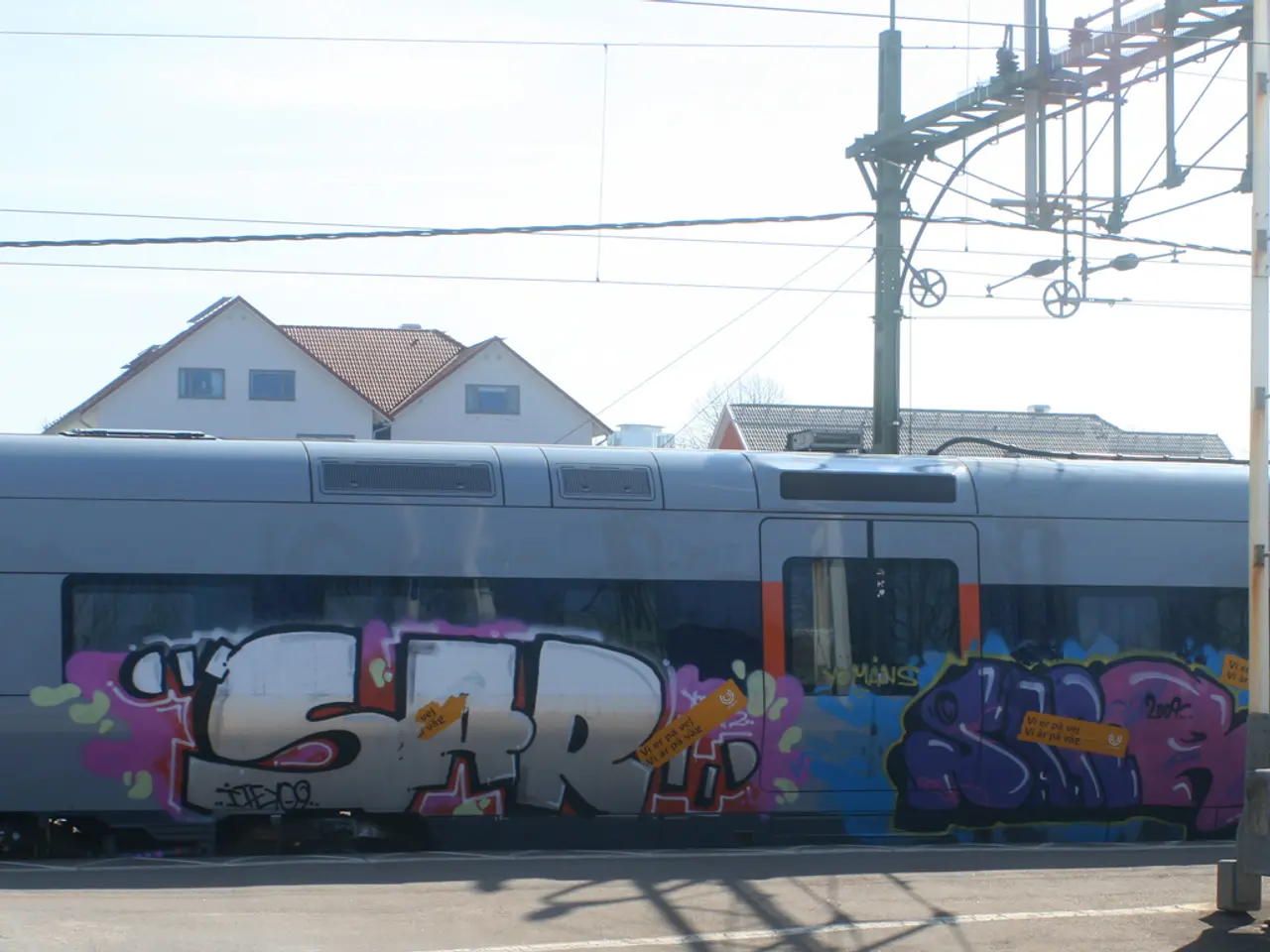Wind Energy Row in Berlin: NABU's Counterpoint to Wegner's Grunewald Wind Turbine Objection
Criticism of Wind Turbines in Grunewald, as voiced by both Nabu and Wegner, resurfaces - Wind Turbines in the Grunewald Forest Criticized by Both Nabu and Wegner
Berlin's NABU Nature and Biodiversity Conservation Union has thrown its weight behind Berlin's Governing Mayor, Kai Wegner, in his objection to wind turbines in forested areas, particularly Grunewald. However, the NABU-Berlin chairman, Rainer Altenkamp, urged Wegner to extend this opposition to other potential sites such as Jungfernheide, Blankenfelde, and Krummendammer Heath. "We demand that Mr. Wegner safeguard these areas from wind energy ventures as well," Altenkamp declared.
NABU Joins Wegner's Arguments
Wegner, speaking to the "B.Z." newspaper, stated, "It's a definite: We shan't be chopping down trees in Grunewald for a wind turbine." At the same time, Wegner mentioned his disapproval of a federal law passed by the traffic light coalition, requiring states to establish wind energy zones.
The NABU concurs with this sentiment and opposes "rigid area targets" for wind energy zones. Altenkamp emphasized the urgent need to cut CO2 emissions while preserving natural carbon sinks.
Under the federal law, Berlin, like all states, must mark out 0.5% of its territory as potential wind energy sites by 2032. Eight potential sites have been earmarked for Berlin, but no concrete decisions have been made yet.
- Berlin
- Wind Energy
- Nature and Biodiversity Conservation Union
- Kai Wegner
- Grunewald
- NABU
- Wind Turbine
- Rainer Altenkamp
- Windmill
- CDU
The ongoing debate over wind energy development in Berlin, particularly in areas like Jungfernheide, Blankenfelde, Krummendammer Heath, and Grunewald, mirrors the challenges faced by Germany as a whole in its quest to expand renewables. With Berlin's particular struggle stemming from urban densities, landscape protection, and local opposition, it lags behind other German regions in onshore wind development.
Germany aims to accelerate the expansion of renewable energy, with federal laws streamlining approvals for wind and solar projects. This includes faster permit processing under a new draft law recently approved by the federal government to meet the EU Renewable Energy Directive (RED III) targets for 2030[1]. Nonetheless, Berlin grapples with balancing urban environmental preservation and the need for renewable infrastructure, limiting substantial onshore wind installation in areas like Grunewald forest or Krummendammer Heath.
Berlin's NABU advocates for nature conservation and typically exhibits caution or criticism towards large-scale wind turbine installations in Berlin's green and forested areas, emphasizing the protection of habitats and biodiversity. NABU often calls for careful site selection to avoid harm to protected species and landscapes. Wegner, on the other hand, supports renewable energy development as part of Berlin's climate goals but must weigh environmental and urban concerns when considering wind turbines in sensitive areas like Grunewald or Jungfernheide.
- The NABU, aligning with Kai Wegner's stance, opposes rigid area targets for wind energy zones and advocates for preserving natural carbon sinks in Berlin, particularly areas like Grunewald, Jungfernheide, Blankenfelde, and Krummendammer Heath, to safeguard biodiversity and habitats.
- The federal law requiring states to establish wind energy zones is met with disapproval by both Kai Wegner and the NABU, who argue that it may compromise natural conservation efforts and valuable carbon sinks in densely urbanized areas like Berlin.
- In the midst of the debate over wind energy development in Berlin, financing and investment within the environmental-science, renewable-energy, and finance industries remain crucial in achieving Germany's targets for renewable energy expansion.
- As Germany accelerates its efforts towards renewable energy, science and climate-change research will play an essential role in developing and implementing effective solutions that minimize environmental impacts and progress toward a more sustainable future.




